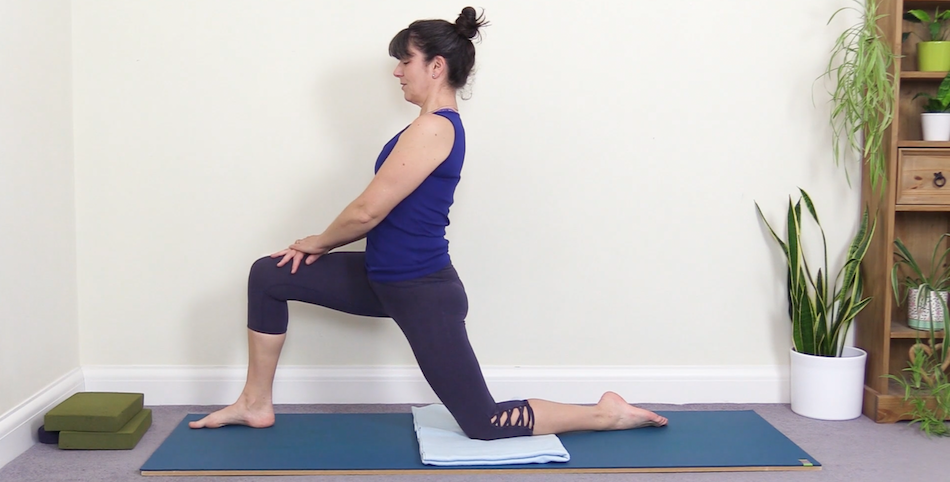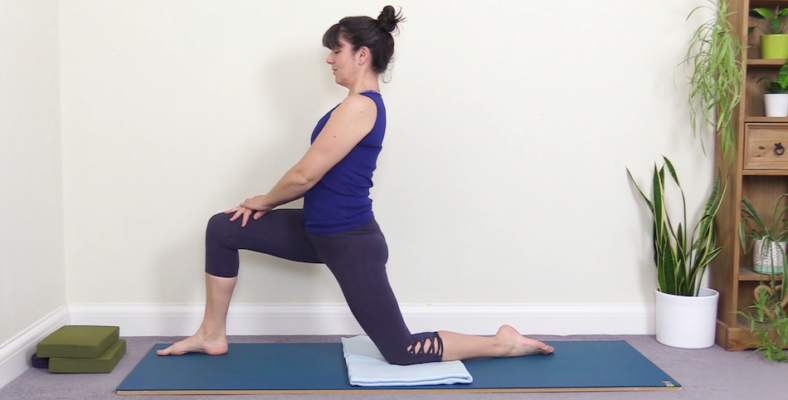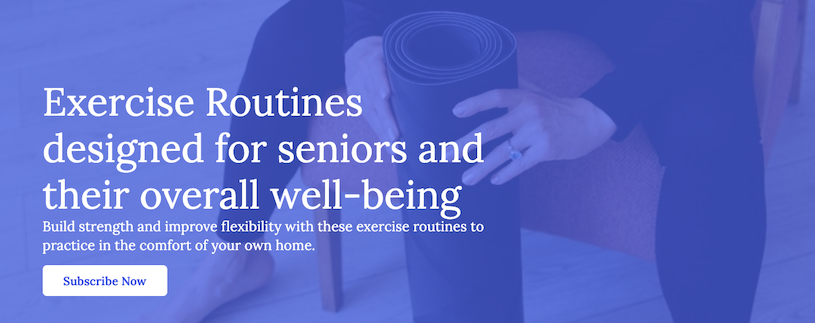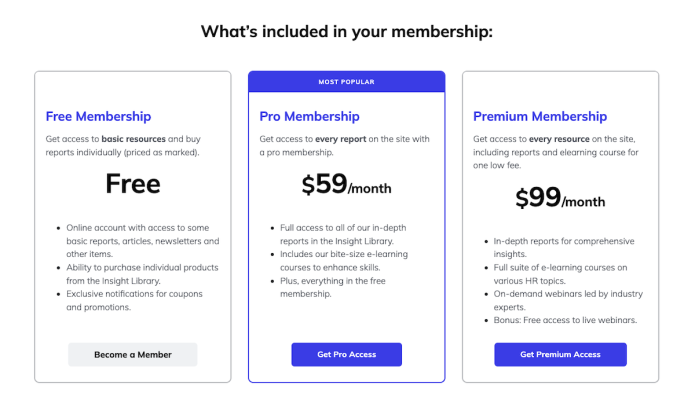
The past few years have shown yoga studios the power of an online presence - not just for visibility but for generating a steady income.
By offering live or on-demand yoga classes, you can expand your reach beyond local students, increase your revenue, and create opportunities to upsell retreats, courses, and products.
Building a website might seem overwhelming, but with today’s beginner-friendly tools, it can be a simple weekend project.
SubHub’s all-in-one membership website builder makes it easy to create, launch, and manage a site where students can access your content. From accepting payments to handling memberships, we take care of the tech, so you can focus on teaching. Plus, our expert support is always here when you need it.
Grow your yoga practice effortlessly with a membership website.
So let’s outline the first steps to building, launching and getting members for your your website.

1. Identify Your Customer Profile
Before you start, take some time to identify your ‘Customer Profile’ and your ‘Market Niche’.
Don’t try to appeal to everyone. Instead refine your focus so you can target a specific audience. This makes appealing to and reaching an audience all the more easier.
For example, you may just want to focus on yoga for pregnancy or morning meditation or 5 minute sessions or chair yoga.
It might sound counterintuitive to be limiting your potential audience reach but focusing on a niche allows you to craft content specific to that audience’s needs.
By narrowing your focus, you can strengthen your online content offering because success comes from meeting the needs of an audience.
This also allows you to refine and tailor the keywords you use in your titles and copy making it easier for people to find your site via search engines.
Read more about marketing strategies.
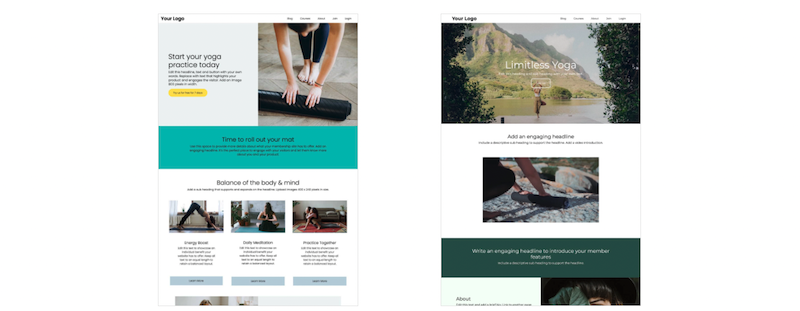
2. Select a Yoga Template
You can easily jump-start the design process by selecting one of SubHub’s ready-to-use yoga-themed templates.
Each template layout features sections designed to inform and convert visitors to members. But you can also customise your homepages with new layouts from the section library.
What do you need to start designing your website
- Engaging messaging.
- High quality images.
- Example videos.
- Initial content.
After selecting a template, start customising it by replacing the sample text and images with your own content.
It’s important to remember that visitors ‘scan’ rather than read web pages. So when writing the copy for your homepage be as succinct as possible.
Always introduce sections with descriptive headings because while a user might not read the body copy, they will skim a heading.
Read more about crafting a homepage.
3. Create Content
You should have a minimum amount of content available to members. I would suggest at least 14 pieces of content which could be a mix of blog posts and videos. Then regularly post new content to build your inventory and show commitment to your members.
You can also repurpose content into courses which can be sold individually or included in a membership. Sometimes it’s how you package and present content that can attract a subscriber. For example, a course that organises specifically themed content into a collection can provide a user with an easy to follow path into daily yoga practice.
Where to find high quality free use images, icons and graphics
There are plenty of sites where you can get free use, high quality yoga-themed images and video to make your site visually appealing. Pexels, Unsplash are my favorites and Canva is a superb free, all-round graphic software for creating media posts and more.
4. Get Organised
Your site’s organisation is very important. Your members need to easily find the content they are looking for. Spend time mapping out your navigation and assembling content into easily accessible categories. Think about the user experience. Users should be able to find the content they want in just a click or two.
Your SubHub website comes with an advanced search filter.
This filter allows members to search for content that meets their specific criteria. The filter is particularly useful for searches that include multiple practice variables that you can define - such as duration, style and focus.

5. Build Your Audience
The best promoter of your website is yourself!
Using social media platforms to promote and drive traffic to your membership website is a must. The platform you chose varies according to where your audience naturally hangs out.
This might mean doing YouTube videos, Instagram Stories, TikTok LIVEs and expanding your practice from the studio into the digital landscape.
Use keywords in your titles that match what people are searching for so they can find your content.
An important part of any marketing strategy is consistently showing up. This is all part of the process of building trust with your audience. By witnessing your commitment, you'll create loyal followers.
6. Grow and Nurture Your Email List
In order to market successfully, you need to capture a visitor’s email address with an opt-in lead magnet.
This is easily done by offering something free in exchange for their email. It could be something as simple as a checklist. Of course, the offer needs to be relevant and of value to your prospective audience.
Then you must nurture this email list with a followup email sequence.
Conclusion
There’s a lot of free yoga content out there but users will join a membership website for the personal experience, connection and authenticity.
Your website doesn’t need to be perfect before you launch but it should be professional looking and provide value. But keep in mind that as with any experience, it is a continuing process that will improve as you learn and grow.
Read how Cheri of InspireEncourageEmpower and Deborah Stanley of ThriveYoga created their yoga websites on SubHub.

